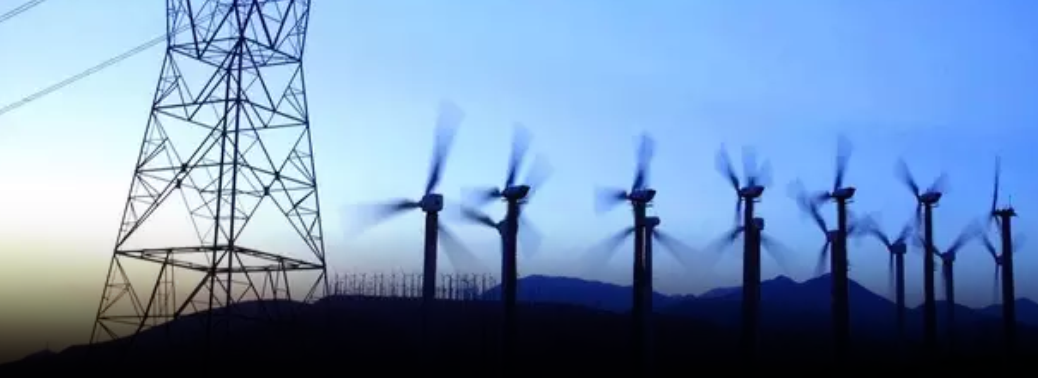HOW TO ACHIEVE 24×7 POWER FOR ALL
03, Apr 2019

Prelims level : Schemes
Mains level : General Studies 2: Welfare schemes for vulnerable sections of the population by the Centre and States and the performance of these schemes;
Why in News:
- Almost every willing household in India now has a legitimate electricity connection and a target to achieve 24*7 electricity objective.
Details:
- The household electrification scheme, Pradhan Mantri Sahaj Bijli Har Ghar Yojana, or Saubhagya, has been implemented and more than 45,000 households were electrified every day over the last 18 months.
- The enactment of the Electricity Act, in 2003, and the introduction of the Rajiv Gandhi Grameen Vidyutikaran Yojana, in 2005, have expanded electrification infrastructure to most villages
- The Access to Clean Cooking Energy and Electricity Survey of States (ACCESS) report by the Council on Energy, Environment and Water (CEEW), has highlighted the gap between a connection and reliable power supply.
Pradhan Mantri Sahaj Bijli Har Ghar Yojana, or Saubhagya
- Saubhagya’ was launched in September, 2017.
- Under Saubhagya, free electricity connections to all households both APL and poor families in rural areas and poor families in urban areas will be provided.
- Rural Electrification Corporation (REC) has been designated as nodal agency for the Saubhagya scheme.
- The scheme aims to achieve universal household electrification in all parts of the country.
- All DISCOMs including Private Sector DISCOMs, State Power Departments and RE Cooperative Societies shall be eligible for financial assistance under the scheme in line with Deen Dayal Upadhyaya Gram Jyoti Yojana (DDUGJY).
Eligibility:
- The prospective beneficiary households for free electricity connections under the scheme would be identified using Socio Economic Caste Census (SECC) 2011 data.
- However, un-electrified households not covered under SECC data would also be provided electricity connections under the scheme on payment of Rs. 500 which shall be recovered by DISCOMs in 10 instalments through electricity bill.
Scope of the scheme:
- Providing last mile connectivity and electricity connections to all un-electrified households in rural areas. Providing Solar Photovoltaic (SPV) based standalone system for un-electrified households located in remote and inaccessible villages, where grid extension is not cost effective. Providing last mile connectivity and electricity connections to all except economically poor un-electrified households in urban areas. Non-poor urban households are excluded from this scheme.
Benefits:
- If implemented successfully, Saubhagya can improve education, fuel economic activity and create more job opportunities across villages.
- The use of kerosene for lighting purposes could also be eliminated, and impact on the environment could be reduced. Power generating and distributing companies, currently saddled with excess capacity, are expected to benefit through an increase in the demand for power. Power distribution companies who are in financial distress may be able to recover some of their costs through the new household connections and added demand.
- Electrification has direct positive impact on the quality of all aspects of daily life, especially to the women and children.
- With deeper penetration of electricity network, significant improvement is expected in delivery of other essential services like health, communication etc. Thereby more opportunities for economic activities leading to employment generation, increase in income and poverty alleviation.






